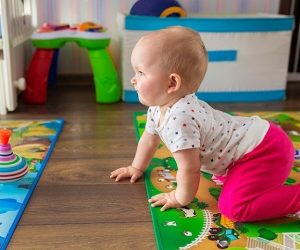Carbon Monoxide is present in every household. It is an odorless gas but is poisonous to humans and pets. A few of the most known sources of Carbon Monoxide poisoning are defective furnaces, fireplace flues, oils heaters, gas appliances (stoves, clothes dryers, and water heaters), and automobiles.
Symptoms of Carbon Monoxide Poisoning
Most of the time, people are unaware that they are a victim of Carbon Monoxide Poisoning as there are no perceptible symptom of this kind of poisoning. However, people may determine if an individual is exposed to Carbon Monoxide Poisoning if the following symptoms are present:
- Headache
- Fatigue
- Mild Confusion
- Irregular breathing and heartbeat
- Nausea
- Coughing
One must note that if everyone in the house is experiencing these symptoms especially your pets because animals do not get flu, then most probably they are exposed to carbon monoxide poisoning.
Step To Do When Exposed To Carbon Monoxide Poisoning
If ever you have suspected that you are exposed to carbon monoxide poisoning, the first thing that you can do is to evacuate the place.
Let every member of you family get from fresh air immediately.
Dial the emergency number (911) and get some help.
Report the incident to the fire department even if everyone in your family is already feeling better.
Steps in Preventing Carbon Monoxide Poisoning
In order to protect you and your family from being expose to carbon monoxide poisoning, keep your furnace and gas appliances in its good condition by letting a professional and qualified contractor inspect your appliances once a year and the inspection must take place before the heating months. Aside from the annual check-ups and inspections done by the professionals, you may also check your furnace at all times and see if the following items are present:
- One must note that your stove’s flame should be mostly blue and steady.
- Once found any discolorations or soot build-up around your burner access doors and vents, then your furnace might have a problem.
- Check the venting system of your furnace, and see to it that it is intact. If it is already soft, rusted or broken, then these piping may release combustion products indoors.
- Always make sure that your furnace or boiler is free from dust, rust or any other signs of corrosion.
- Broken air filters must be replaced accordingly.
- Always check your furnace panels and grills and make sure that these are in place and the fan compartment must be closed at all times especially when the furnace is on. It may cause for a carbon monoxide build up in living areas once leave open.
Installing a carbon monoxide alarm is another great step in preventing carbon monoxide poisoning. Once the alarm sounds, immediately call a professional to check your gas burning appliances. However, before installing your alarm, make sure that it is fully functional or working. Have it tested using a special carbon monoxide testing devices.





